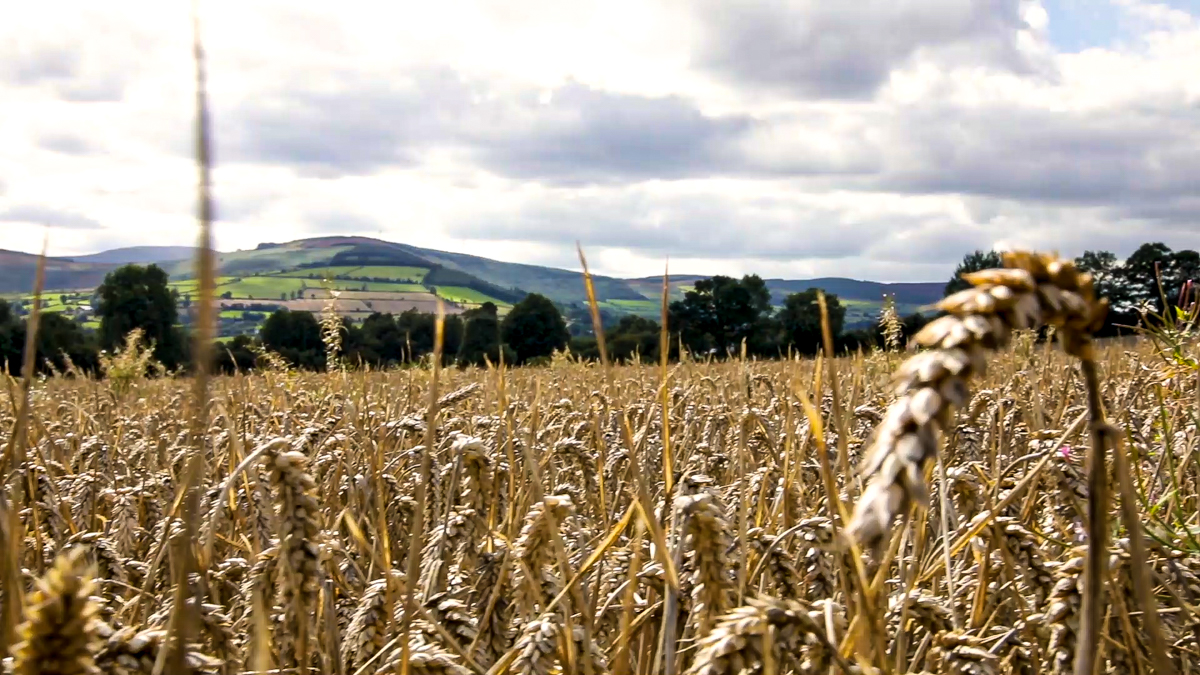Teagasc has published provisional figures for crop margins for the 2022/2023 season. And they make interesting reading.
They take full account of the many variables that will impact on grower returns over the next 12 months.
Their publication comes at a time when Ireland’s tillage sector is enjoying somewhat of a renaissance.
The Tillage Incentive Scheme encouraged a 6% increase in the total cropping area this year.
We already know that the area of oilseed rape planted out over recent weeks is heading for 20,000ha – an almost doubling of the area dedicated to the crop relative to five years ago.
Meanwhile, Irish livestock farmers are fast catching on to the reality that feeding home-grown grain will help to considerably reduce the carbon footprint of their businesses.
And, of course, the Protein / Cereal Mix Crop scheme is encouraging the additional production of legumes, beans for the most part.
So, yes, these are more than interesting times for the Irish tillage sector.
Crop margins
After two excellent harvests in 2021 and 2022 where yields were above average and grain price increased to unprecedented levels, we now look forward to planning for 2023.
Costs did increase in 2022, particularly the cost of fertiliser.
But many tillage farmers avoided the worst of these as a lot of business was done in the early part of the spring, before the spike in prices came in March/April.
But what of 2023? Everybody is starting at the same point with expensive fertiliser, while seed, chemicals and machinery costs have all increased substantially over 2022.
The Teagasc costs and returns book is published every January and outlines the expected costs and returns for tillage crops based on current input costs and the grain price on offer.
A Teagasc spokesperson commented: “The provisional costs for 2023 indicate that fertiliser will be at its highest point in the 45-year history of the publication with CAN+S at €860 and 10-10-20 included at €975 in the costings.
“Cereal seed is up €130/t, machinery plus 5% and chemicals plus 10% on 2022.
“The provisional costs and returns for 2023 show that the cost of growing a crop of winter wheat and spring barley in 2023 has increased by 65% and 56% respectively when compared to 2021.
“Based on current figures, a tillage farmer with winter crops can expect a 62% increase in input costs from 2021.
“The equivalent figure for a tillage farmer with spring crops is a 48% increase in costs for 2023 when compared with 2021,” the spokesperson added.
